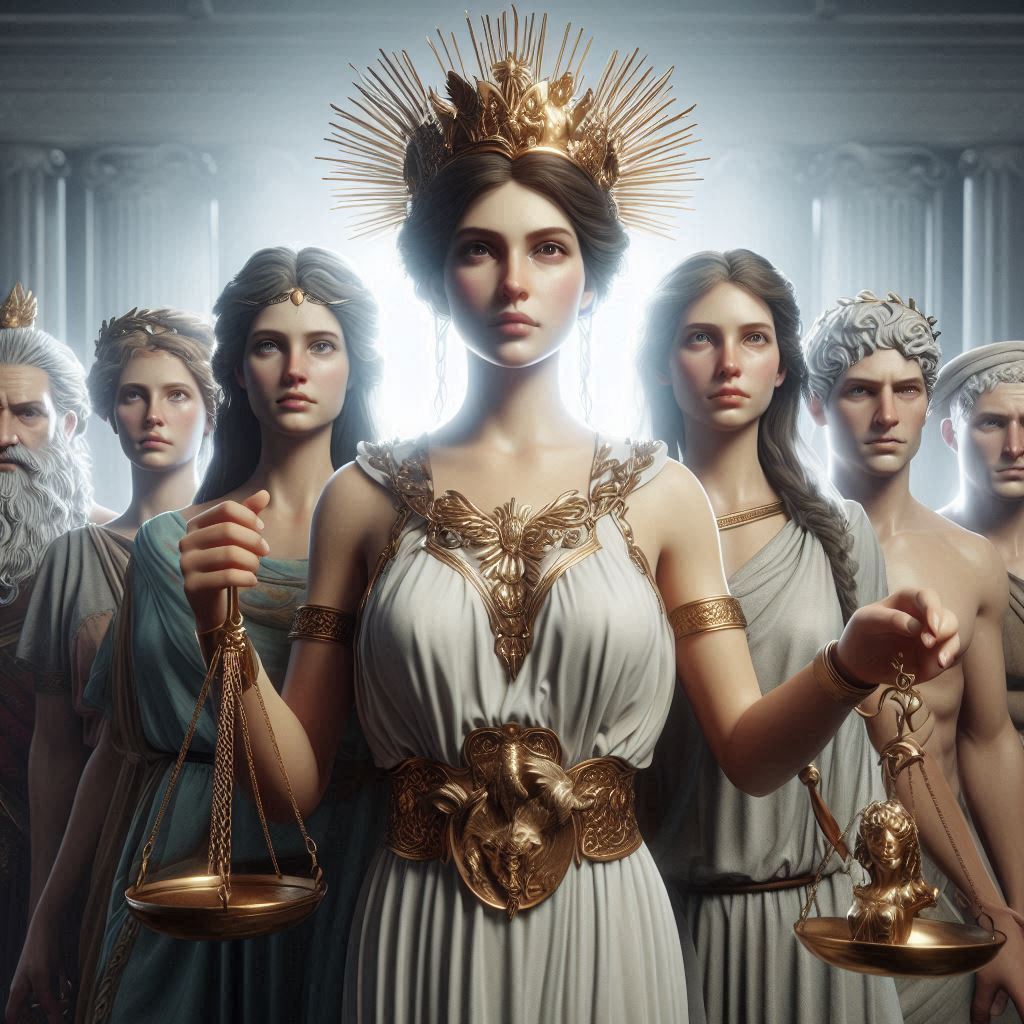Table of Contents
Stieg Larsson’s Literary Work: A Critical Exploration
Stieg Larsson, the Swedish journalist and novelist, is celebrated globally for his Millennium trilogy—a series that not only captivated readers with its gripping narratives but also served as a scathing critique of societal corruption, systemic injustices, and gender-based violence. His work represents a masterful blend of crime fiction and social commentary, showcasing the power of storytelling as a tool for exposing societal ills and advocating for change.

The Millennium Trilogy: A Synopsis
The Millennium series, comprised of The Girl with the Dragon Tattoo, The Girl Who Played with Fire, and The Girl Who Kicked the Hornet’s Nest, revolves around two central characters: Mikael Blomkvist, an investigative journalist, and Lisbeth Salander, a brilliant yet troubled hacker. The series intricately weaves their personal lives and professional endeavors into an exploration of dark societal undercurrents.
The first book introduces readers to the disappearance of Harriet Vanger, a mystery that leads Blomkvist and Salander into a labyrinth of family secrets and historical crimes. The subsequent books delve deeper into Salander’s traumatic past, exposing the systemic failures of Sweden’s institutions in protecting vulnerable individuals. Each novel builds on themes of power, corruption, and resilience, culminating in a high-stakes confrontation against those who exploit their positions of authority.
Themes and Social Commentary
- Gender and Power Dynamics
One of Larsson’s most compelling contributions to literature is his unflinching portrayal of gender-based violence and systemic misogyny. Salander’s character embodies both the victim and the avenger, challenging traditional gender roles in crime fiction. Through her, Larsson highlights the pervasive nature of violence against women and the institutional complicity that enables it. The series also critiques societal tendencies to dismiss or marginalize individuals who deviate from normative expectations, as seen in Salander’s struggles with both legal and mental health systems. - Institutional Corruption
Larsson’s background as a journalist heavily influenced his focus on systemic corruption. The Millennium trilogy exposes the ways in which government bodies, law enforcement, and corporations often collude to protect the powerful at the expense of justice. Blomkvist’s investigative work serves as a counterpoint, showcasing the role of journalism as a watchdog for democracy and a voice for the marginalized. - Morality and Justice
Larsson’s work delves into complex questions of morality and justice, challenging traditional notions of right and wrong. Salander, for instance, operates outside legal frameworks, often using morally ambiguous methods to exact revenge or uncover the truth. This duality invites readers to question the adequacy of conventional justice systems in addressing deep-seated societal issues. - Cyber and Technological Intrigue
A hallmark of the series is its nuanced portrayal of technology and cyberculture. Salander’s hacking skills not only drive the plot but also symbolize empowerment and resistance against oppressive structures. Larsson’s detailed understanding of digital spaces adds authenticity to the narrative and underscores the transformative potential of technology in contemporary struggles for justice.
Narrative Style and Characterization
Larsson’s narrative style is marked by meticulous detail, multi-layered plots, and a keen eye for realism. His journalism background shines through in the investigative rigor with which he constructs his stories. While some critics have noted the density of his expository passages, these details contribute to the immersive quality of his work.
The characters in the Millennium trilogy are vividly drawn and psychologically complex. Salander, in particular, stands out as one of the most iconic figures in modern literature. Her intelligence, resilience, and moral ambiguity make her a compelling protagonist, while her vulnerabilities humanize her, creating a multifaceted portrait that resonates deeply with readers. Blomkvist, by contrast, provides a more grounded and traditional lens through which the narrative unfolds, balancing Salander’s enigmatic presence with his principled determination.
Larsson’s Legacy
Although Larsson tragically passed away before the publication of his trilogy, his work has had a lasting impact on both the literary and cultural landscapes. The Millennium series reinvigorated interest in Scandinavian noir, a genre characterized by its dark, socially conscious narratives. It also inspired adaptations across various media, including critically acclaimed films and television series.
Beyond its entertainment value, Larsson’s work has sparked important conversations about gender violence, media ethics, and institutional accountability. His novels serve as both a mirror and a challenge to contemporary society, urging readers to confront uncomfortable truths and advocate for change.
Conclusion
Stieg Larsson’s literary contributions transcend the confines of crime fiction, offering a searing critique of societal injustices while delivering compelling, edge-of-your-seat narratives. His ability to intertwine personal stories with broader social issues underscores the transformative potential of literature. Through the Millennium trilogy, Larsson not only entertained millions but also left an indelible mark on the literary world, ensuring his voice would resonate long after his untimely death.


No responses yet